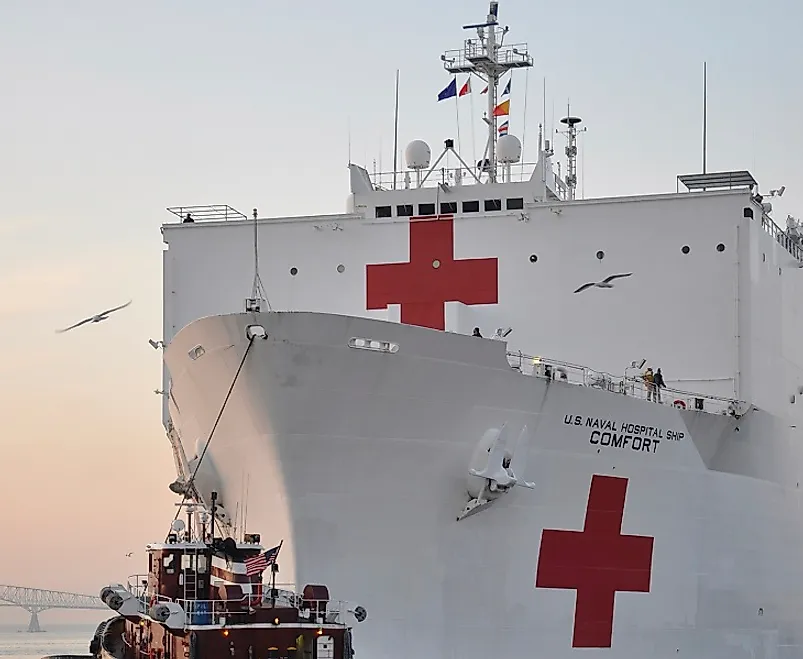The International Red Cross And Red Crescent

5. Overview
When speaking of the Red Cross and Red Crescent it is more appropriate to start from the 24th of June, 1859. That day was immediately following a battle which took place near Solferino, Lombardy, Italy, a village in which several thousands of wounded were left on the battlefield to die. One witness of these events was the Swiss citizen Jean Henri Dunant. Being emotionally shocked, he decided that something must be done! If the state does not care about the soldiers it should be handled by someone else, there should be an organization that will take care of the victims of wars, without making distinctions of any citizenship or nationality, nor on religion, this entity would help people just because they need help.
4. Organizational History
The voice of J. H. Dunant was heard. Geneva lawyer G. Moyne organized the International Committee of the wounded (also known as the Committee of Five), and the committee called for a conference in Geneva, Switzerland in 1863. There were only 36 participants, but the resolution of the conference drew attention to the problem. The second conference took place on August 8th, 1864 and adopted the Convention "On the improvement of the state of the wounded in the armies of the belligerent countries", known as the Geneva Convention. Participants reached an agreement on an international organization, whose mission would be to help people affected by armed conflicts. At the same time the conference established the emblem of the society, it was supposed to be a kind of "safe conduct symbol" for its representatives in areas of armed conflicts. Since the birth of a new organization took place in Switzerland, the emblem was created "in the image and likeness" of the state flag, as the Swiss flag carries white cross on a red background, a sign of the organization used its "reverse" version of a red cross on a white background. The organization then received a name: "The International Committee of the Red Cross." However, the Ottoman Empire saw a different meaning in the sign, associated with cross in Christianity, and asked to replace it by the Muslim symbol, namely the red crescent. Later, in 1929, the red crescent was approved as another official emblem. However, in the 21st Century, when the mentioning of religion in general causes emotional comments, the committee introduced a third emblem, the red crystal, in the form of a rhombus.
3. Contributions
The idea behind the Red Cross and Red Crescent was that such a set of emblems was the combination of symbols of different religions. This is much in line with the principles of organization, that had been proclaimed on the International Conference in 1965, such as:
- humanity
- impartiality
- neutrality
- independence
- volunteering
- unity
- universality
2. Challenges
The emblems of the Red Cross and Red Crescent are meant to exemplify the fact that the organization is international, and all national societies belonging to it have the same duties and rights and contribute to each other. It does not have inclinations towards any of the parties of armed conflicts, and assists everybody in need. Red Cross and Red Crescent workers do so without making distinctions of people regarding nationality, or by race, religion, or any other such grounds.
1. Modern Significance and Legacy
Since 1986, the organization was called the International Red Cross and Red Crescent Movement. Starting with the wounded in the war, it was eventually expanded its activity and help the victims of the natural catastrophes and man-made disasters, work for the preparation of nurses, and assistance to hospitals, as well as the collection of blood, assistance for the disabled, and even "educational programs" for the public, such as how to properly care for the child, and how to provide first aid. The activities of the Red Cross and Red Crescent Movement is extensive enough, the organization includes 190 national societies and more than 100 million volunteers.











